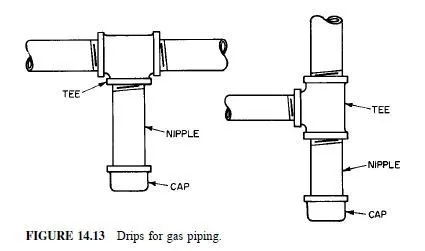Automatic fire sprinkler systems have been protecting property in the United States since the late 1800s; in fact, the Standard for the Installation of Sprinkler Systems, 1896 was the first standard developed by the National Fire Protection Association (NFPA). Today the NFPA still develops the most widely accepted standards for the design and installation of sprinkler systems: NFPA 13, Standard for the Installation of Sprinkler Systems; 20, Installation of Centrifugal Fire Pumps; 24, Installation of Private Fire Services Mains and Their Appurtenances; 231, General Storage and 231C, Rack Storage of Materials.
While intended to protect and preserve property, automatic sprinkler systems have other inherent advantages: The NFPA has no record of a multiple-death fire in a completely sprinklered building. . . Given this inherent advantage, the NFPA has developed a special series of sprinkler standards, NFPA 13D, Sprinkler Systems, Dwellings and 13R, Sprinkler Systems, Residential Occupancies up to and Including 4 Stories, which are intended to protect life safety, but at significantly less cost than an NFPA 13 designed system.
In todays built environment, automatic sprinkler systems are installed as a result of minimum building code requirements, local sprinkler ordinances, insurance underwriting stipulations and corporate policy. Consisting of a water supply, horizontal and vertical water distribution pipes and a series of sprinklers to distribute water on a fire, sprinkler systems are quite simple (Fig. 14.21). The simplicity of the sprinkler system is greatly responsible for the historic time tested precedent of success they have become known for: 96% of all fires that occur in fully sprinklered buildings are controlled with the operation of two or fewer sprinklers.
In the design of a sprinkler system there are usually four groups of individuals involved. There are the engineers, responsible for the specification and overall design of the system; Authorities Having Jurisdiction (AHJs), these include the local building and fire official, insurance carrier, etc., who have the final authority over accepting the design and installation of the system; the building owner; and the sprinkler contractor, who is responsible for the system installation and is often called upon to perform engineering design functions as well. Coordination with the AHJs regarding their system design expectations is a crucial step in the design of a fire sprinkler system. Where there are multiple AHJs, conflicts between design expectations must be reconciled to avoid undue construction delays and ambiguity for the construction bidders.



